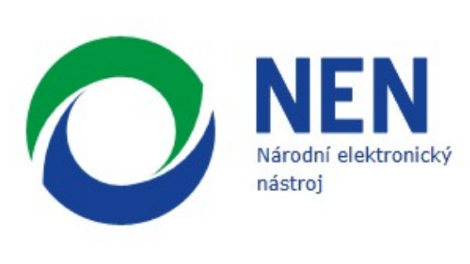E-invoicing archiving is now mandatory in Japan
In 2024, the mandatory electronic filing of business information represents a significant new development. This is accompanied by the amendment of the Electronic Records Retention Law (ERRL), which requires taxpayers to electronically store their e-commerce documents, including invoices.
Furthermore, Japan has become the latest country to impose obligations on digital platforms to collect and remit consumption tax (JCT) on transactions made by non-resident suppliers on its marketplaces.
Electronic invoicing in Japan
The retention of paper records to support all VAT claims was a de facto requirement of the responsible authority in Japan until the onset of the COVID-19 pandemic.
Subsequently, they became aware of the inadequate digitisation of the country's administrations. In July 2020, the Electronic Invoice Promotion Association (EIPA) was established with the objective of introducing a national e-invoicing standard based on PEPPOL.
In September 2021, the government established a digital agency with the objective of spearheading the country's digitalisation efforts. The proposals were as follows:
- The objective is to facilitate the use of online public services and to improve digital coherence.
- It is recommended that further development be made in the following areas: the creation of certifications, identifications and networks, among others.
- It is recommended that new regulations be introduced with regard to digitisation.
- It is recommended that a comprehensive data strategy be developed.
- An evaluation of the proposed digitisation programme is required.
- Ensure the security and accessibility of the programme.
As part of its future plans, Japan has set a target of implementing the Qualified Invoice base method (QIM) by 2023. This scheme is analogous to a value-added tax (VAT) invoicing system and will permit taxpayers to claim input credit on Japanese consumption tax (JCT).
Finally, on 1 October 2023 the new Qualified Invoice system was introduced, whereby electronic invoices can be exchanged through the PEPPOL network with the JP PINT specification. This format will allow Japanese taxpayers to exchange invoices through PEPPOL.
The Peppol authority in Japan has updated its electronic invoicing system to align with PINT v1.1.1 specifications. This update will affect all users of the Peppol network.
The update has ramifications for several types of invoices.
- The issuance of standard invoices is hereby confirmed.
- The act of billing oneself.
- Companies that have not registered for consumption tax.
Consequently, companies will be obligated to modify their systems and processes to align with the new requirements. The Japanese authority has issued a recommendation for the prompt review and implementation of the necessary changes, thereby reinforcing its commitment to maintaining interoperability and complying with international electronic invoicing standards. This recommendation is intended to facilitate more agile and secure B2B transactions.
Requirements for storing e-invoices in Japan
It is possible for companies to implement time stamps on documents that are sent and received, to have an appropriate system in place or to create an internal process so that documents cannot be edited or deleted. Conversely, a system can also be employed to facilitate the monitoring of editing and deletion records.
Furthermore, electronic documents should be legible and filing systems should permit the retrieval of data such as date, amount, or counterparties.
The content of e-invoices in Japan
Business operators registered with the JCT have the option of issuing electronic invoices in lieu of paper invoices, provided that the aforementioned invoices contain the following data:
- The date of issue is indicated.
- The identification number of the qualified invoice, which is issued following the successful completion of an application.
- Identification of the customer.
- A detailed description of the taxable services must be provided.
- The total price is to be provided, with a breakdown of any applicable excise tax.
- The excise tax charge is also included.
How does the Deemed Reseller regime work Japan?
The Deemed Reseller regime entails the transfer of the responsibility for assessing and collecting Japanese Consumption Tax on sales made by marketplace traders to local consumers.
This would also include the registration of tax for transactions involving non-resident platforms.



